The New Jersey Chamber of Commerce is partnering with the African American Chamber of Commerce of New Jersey on a year-long initiative to promote diversity and equal economic opportunity throughout New Jersey’s business community.

'We will challenge businesses in every corner of the state to do their part to change the status quo.'
—Tom Bracken, President & CEO, New Jersey Chamber of Commerce
The two chambers will work with corporations and organizations to diversify their boards of directors, and with businesses of all sizes to diversify their supply chains. The chambers will also host a series of events during the course of the year to recognize and salute businesses, organizations and people who have advanced diversity and equal economic opportunity across New Jersey. Watch for more information about these events in the coming weeks.
NEWS
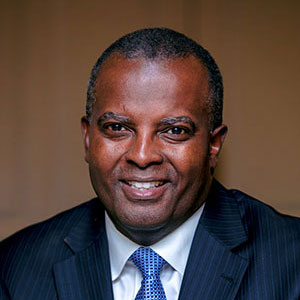
'The time is now to make New Jersey the most economically inclusive state in the nation.'
—John Harmon, President & CEO, African American Chamber of Commerce of New Jersey
NJ HEROES OF DIVERSITY
Presented by: 
-
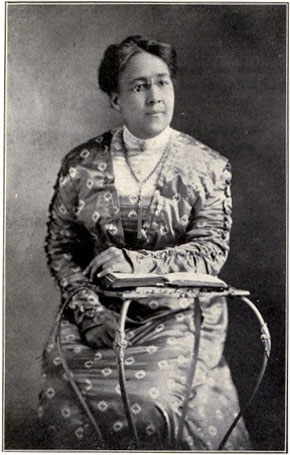
Florence Spearing Randolph
Florence Spearing was born in South Carolina in 1866 to one of the few free black families in that state during the Civil War.
After the war she became a dressmaker and in 1884 married Hugh Randolph, a Pullman Company employee. The next year Randolph visited her sister in New Jersey and decided to make Jersey City her new home when she saw how much more money she could make as a dressmaker there.
She would not remain a dressmaker for long. The twin fervor of her Christian faith coupled with an unquenchable desire to right social wrongs soon made Randolph a towering figure in New Jersey’s religious, social and political arenas.
For the first two decades of the 20th Century, Randolph worked in a variety of churches in New York and New Jersey, gaining a reputation as a powerful preacher and advocate.
She became active in the Woman’s Christian Temperance Union, served as president of the Missionary Society of New Jersey and organized the New Jersey State Federation of Colored Women’s Clubs, which she served as president for 12 years.
Randolph also sat on the Executive Committee of New Jersey’s Suffrage Association, an organization highly influential in securing passage of the 19th Amendment in 1920. Because her work on the committee was so impressive, Randolph was invited to work on Republican presidential nominee Warren Harding’s campaign later that year.
In 1926 Randolph became the first black woman to enroll in Drew University and today the university offers a Theological School Prize named in her honor. Randolph was the first woman to be awarded an honorary doctor of divinity degree from Livingstone College in North Carolina.
Randolph is best remembered as the pastor of Wallace Chapel A.M.E. Zion Church in Summit, New Jersey from 1925 -1946. She joined a church with no physical building and 35 members. By the time she retired in 1946, the congregation had grown substantially and a red brick chapel had been constructed. The Church is now listed on the New Jersey and the national registers of Historic Places.
Randolph’s work is preserved in the African-American History Museum in Washington, D.C., her contributions are commemorated on the New Jersey Women’s Heritage Trail with a marker at Wallace Chapel, and in the annuls of the Summit Historical Society.
-
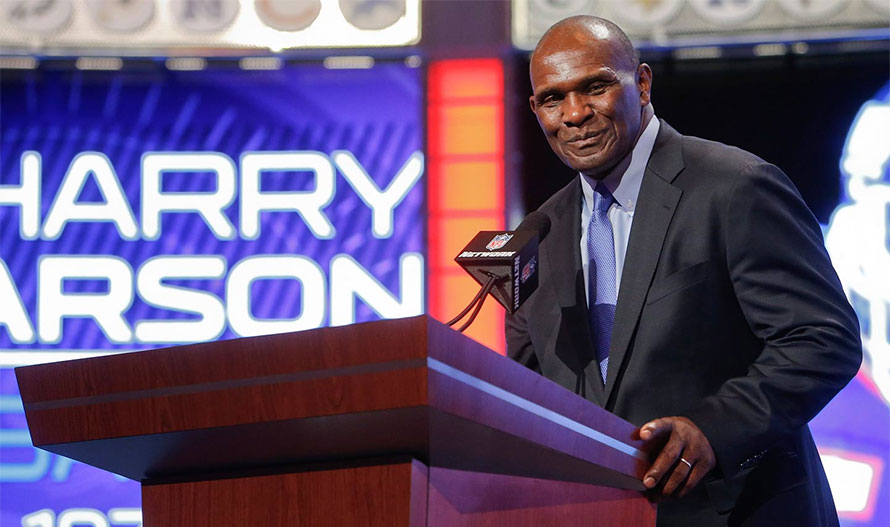
Harry Carson
Although a native of South Carolina, his 13 years with the football Giants at the Meadowlands ingrained Harry Carson forever in the fabric of New Jersey.
After a successful college football career at South Carolina State (where he never missed a game), Carson became a starter for the Giants in his first year (1976) and was named to the All-NFL Rookie Team.
Within a few years, Carson became a defensive captain of the Giants and was named to the Pro Bowl nine times, including seven straight seasons.
His brightest moment came in leading the Giants to their first Super Bowl championship in January, 1987. The Giants had six team captains on that Super Bowl team. Traditionally all captains would come to midfield for the pregame coin toss to determine which team would receive the opening kickoff.
However, Giants’ head coach Bill Parcells sent Carson alone to midfield that day in a gesture that demonstrated the esteem in which Carson was held. Carson rewarded Parcells’ faith that day, single-handedly taking apart the Denver Broncos’ offense with an interception, two quarterback sacks, two fumble recoveries and two forced fumbles.
After his career, Carson estimated he suffered 15 concussions during his football career. He was diagnosed with post-concussion syndrome. In 2011, Carson wrote a book vividly describing his struggles with this condition, saying it affected his speech and thought processes.
Carson gained additional notoriety by questioning whether football should continue to be played when there is so little understanding of the long-term affects caused by concussions.
Carson was voted into the College Football Hall of Fame in 2002, the Pro Football Hall of Fame in 2006 and the New Jersey Hall of fame in 2018.
-

Clerow “Flip” Wilson
No one knew him by his given name Clerow Wilson. The comic got his nickname while serving in the Air Force, where he would entertain his barracks mates with frantic stories and outlandish accents. His mates in turn would describe him as “flipped out” and thus his nickname was born.
Following his military service, Wilson began a decade of touring comedy clubs, eventually making it to the Apollo Theater in New York. One night on the Tonight Show in 1965, Johnny Carson asked veteran comic Redd Foxx to name the funniest comic currently working. Without hesitation, Foxx replied “Flip Wilson.”
Within weeks, Wilson was booked on the Tonight Show and the Ed Sullivan Show, as well as other major TV appearances, and his career took off.
Wilson became the first Black man to host a successful variety show on television. At the height of its popularity, The Flip Wilson Show on NBC was the No. 2 rated program on television. It earned 11 Emmy nominations during its four year run - with Wilson winning the award twice. He also won a Golden Globe and a Grammy.
Wilson gave a national prime time platform to many Black entertainers and is credited with launching the careers of Richard Pryor and George Carlin.
Wilson quit the show after the fourth season and retreated into domestic life. For the rest of his career he made periodic appearances on television and in movies but mostly he faded from the public’s memory.
Liver cancer claimed Wilson in 1998 at the age of 64. He was inducted into the New Jersey Hall of Fame in 2020.
-

Sheila Oliver
Groundbreaking is the word for Shelia Oliver’s career in public service.
The Newark native was a graduate of Weequahic High School and would graduate cum laude from Lincoln University of Pennsylvania with a degree in Sociology. Oliver would eventually add a Doctorate of Humane Letters from Lincoln University and a Master’s Degree in Community Organization, Planning and Administration from Columbia University.
Oliver began her career in public service as Director of the Office of Youth Service and Special Projects in Newark and later became Development Director for the Newark Literacy Campaign.
Her elective political career began as a two-term member of the East Orange Board of Education, and she later served a term on the Essex County Board of Freeholders.
Oliver was elected to the New Jersey State Assembly in 2004, and in 2010 she was elected by her colleagues to Speaker of the General Assembly, the first Black woman to serve in that role.
In 2017, Democratic Gubernatorial candidate Phil Murphy selected Oliver as his running mate. Their win made Oliver the first Black woman to become lieutenant governor of New Jersey and also the first Black woman to win a statewide election in the Garden State.
-
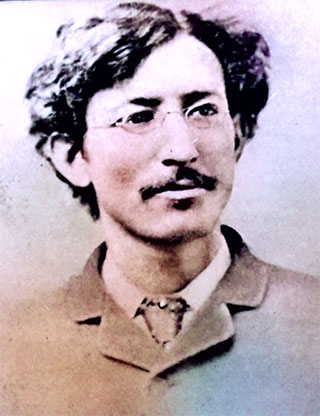
T. Thomas Fortune
Timothy Thomas Fortune lent a powerful voice to the cause of social justice and equal economic opportunity in the United States in the late 19th and early 20th centuries. But the man behind the voice was born in the most modest of circumstances.
Fortune was born a slave in Florida in 1856 and was freed by the Emancipation Proclamation seven years later.
After attending Howard University, Fortune became owner and editor of several black newspapers in New York, including The New York Globe and the New York Age.
Fortune used his newspapers to continually advocate for opportunity for Black citizens and loudly protest discrimination and lynchings. Before long his candid commentary made him one of the leading Black journalists in turn-of-the-20th-Century America.
In 1890 Fortune helped created the Afro-American League one of the first equal rights organizations in the United States. It was a precursor to the National for the Advancement of Colored People (NAACP). Fortune continued his powerful advocacy right up until his death in 1928.
In 1901, Fortune moved from New York to Red Bank, New Jersey where the Fortune family moved into an elegant Victorian house at 94 Drs James Parker Boulevard which they christened “Maple Hill.” The house became a cultural and political center for the area’s Black community.
Fortune would live there seven years and his family four additional years. The Fortune house was named a National Historic Landmark in 1976. The house was restored in 2019 and today it is the home of the T. Thomas Fortune Foundation and Cultural Center dedicated to preserving the legacy of Fortune and his causes.
-
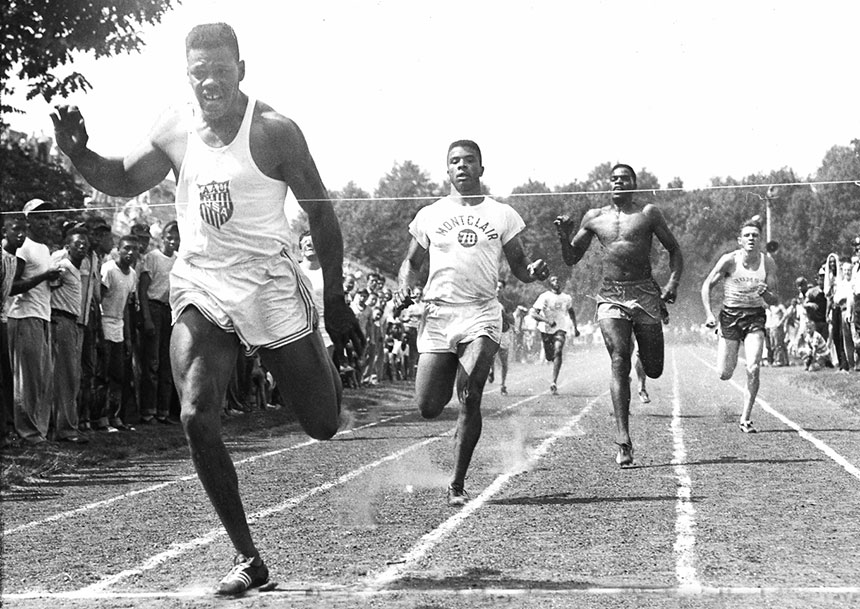
Milton Gray Campbell
Born in Plainfield in 1933, Milt Campbell had an affinity for athletic competition from an early age.
He was a top performer at Plainfield High School in track and field (where he set state records in the high jump as well as the high and low hurdles), football (where he scored 140 points as a fullback) and swimming (where he helped dispel a common myth of the era that black people could not swim well). Not surprisingly, Campbell was named High School Athlete of the Year by Track and Field News in 1952.
Campbell soon set his sights on the Olympics and trained for the most punishing of Olympic events – the decathlon. He made the 1952 team at the age of 18 and won the silver medal, losing the gold to the legendary Bob Mathias. Four years later he became the first black man to win the decathlon.
He returned to the states with little fanfare. While other decathlon champions before and after Campbell were proclaimed the world’s greatest athlete and sought for political office (Bob Mathias and Rafer Johnson) or for advertising campaigns (Bruce Jenner) or for television work (Bill Toomey), Campbell toiled in anonymity.
“I am probably the greatest athlete this country has ever seen,” Campbell once said in frustration (an assessment with which long-time Olympic chronicler Bud Greenspan agreed). “I have paid my dues but the advertising and commercial worlds don’t call me.”
With Olympic medals in tow, Campbell tried out for and won a roster spot with the Cleveland Browns of the National Football League in 1957. Campbell shared backfield duties with the legendary Jim Brown.
Controversy followed his one season in Cleveland when Paul Brown, owner of the team, found out Campbell had married a white woman. When Brown expressed his displeasure, Campbell told Brown it was none of his business. The next day Campbell was looking for work.
Campbell closed out his football career in Canada where he played until 1964.
Campbell’s later years saw him lose a lot of money in the trucking business but saw him gain a measure of success as a motivational speaker.
Some acknowledgments did come to Campbell later in life. He was inducted into the U.S. Olympic Hall of Fame in 1992, the N.J. State Interscholastic Athletic Hall of Fame in 1997, and the N.J. Hall of Fame in 2012, the year he died.
-
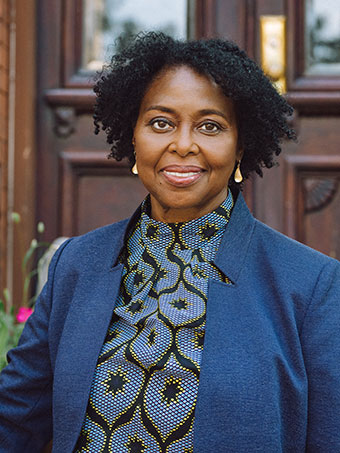
Yla Eason
Like all young boys, Yla Eason’s son loved playing with superhero action figures.
But one day when he said to his mom that he could never be a superhero because all superheroes were white, Yla Eason set course on a new mission in life.
Concerned her son would limit his aspirations based on race, Eason scoured toy markets from coast to coast to find an African-American superhero toy. When none could be found, she secured investors and created her own line of multicultural superhero action figures.
Eason grew the company to more than $5 million in sales with worldwide distribution in major retail stores. The success of Olmec Toys remains a case study for business schools teaching multicultural marketing.
Eason garnered many awards for her founding of Olmec Toys, most notably the Business Enterprise Trust Award from President Bill Clinton in 1996.
Yla Eason is now an assistant professor of professional practice at Rutgers University. She received an honorary doctorate from Bloomfield College and earned an M.B.A. from Harvard Business School and a B.A. from Fitchburg State University.
-

William James “Count” Basie
Born in Red Bank in 1904, the musically inclined Basie first took up the piano in high school and worked at the Palace Theater in Red Bank providing musical accompaniment to silent movies.
He moved to Harlem – the nation’s hotbed for jazz -- around 1920 and eventually took up with several touring acts and big bands. Basie settled in the Midwest with the Bennie Moten Band where his developing style allowed him to arrange many of the band’s numbers in a signature swing style that would soon sweep the nation.
Basie formed his own band called the Barons of Rhythm, and during this time a local broadcaster gave Basie the nickname “Count” in response to the more famous bandleader Duke Ellington.
Basie’s Barons of Rhythm moved to Chicago in 1936 and New York City in 1937 where in addition to live performances, they were played regularly on the radio and soon found themselves in recording studios making records.Although the Big Band sound waned after World War II, Basie’s orchestra continued to swing. He was a frequent guest on television variety shows and in 1960, his orchestra played at one of John F. Kennedy’s inaugural balls.
A music pioneer in every sense of the word, Basie accumulated scores of awards. In 1958, he became the first Black male to win a Grammy; four of his recordings were eventually inducted into the Grammy Hall of Fame – “One O’Clock Jump,” “April in Paris,” “Everyday I Have the Blues,” and “Lester Leaps In.” He would win eight more Grammys, the last one in 1984.
Basie died in April, 1984 and soon thereafter was posthumously awarded the Presidential Medal of Freedom by President Ronald Reagan.
Basie was inducted into the NJ Hall of Fame in 2010 and the Blues Hall of Fame in 2019.
And the refurbished downtown theater in his hometown of Red Bank is now called the Count Basie Center for the Arts.
-
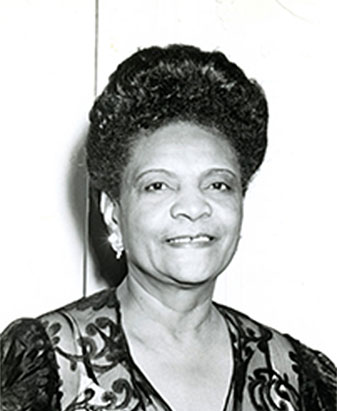
Sara Spencer Washington
Sara Spencer Washington became one of the first Black women millionaires of the 20th Century by filling a gaping consumer need – beauty and cosmetic products for Black women.
After moving to Atlantic City in 1913, Sara Washington opened her own beauty shop.
She developed her own products and a specific beauty system for using them. She worked in her shop by day, sold the products door-to-door at night and soon opened a beauty school where she taught her system to others.
The beauty school would expand across the U.S. and around the world and each year more than 25,000 graduates became entrepreneurs themselves by selling Sara Washington’s products door-to-door.
Madam Washington as she became popularly known, made Atlantic City the site for her world headquarters and laboratory where more than 75 different products were developed and manufactured.
When she died in 1953, Sara Washington's enterprise was worth millions of dollars and employed about 500 full-time employees plus 45,000 door-to-door sales people.
-
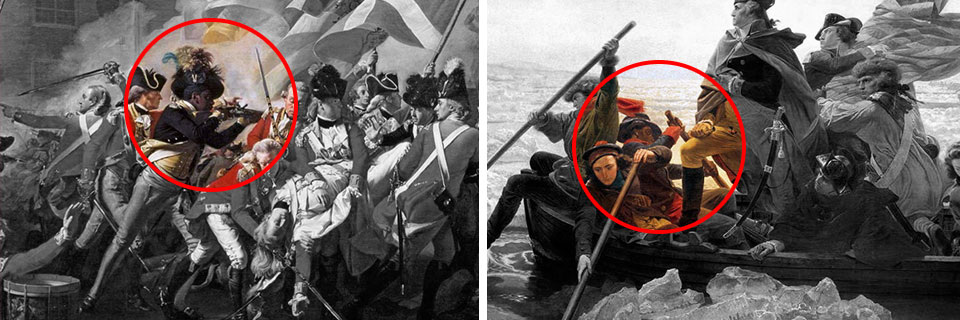
Tyrus “Col. Tye” Cornelius and Oliver Cromwell
When the American Revolution broke out, Cromwell answered the American colonies’ call for soldiers and enlisted in George Washington’s army.
Cromwell fought with the 2nd New Jersey Regiment and participated in many of the most famous battles of the war. He made the famous crossing of the Delaware River with Washington on Christmas night, 1776. In fact, the black soldier seen rowing in the famous painting is purported to be Cromwell.
Cromwell survived the war and George Washington personally signed his honorable discharge papers, awarding him the Military Badge of Merit, the first service award created by the U.S. military. Washington said Cromwell “was entitled to wear it by reason of his honorable service.”
After the war, Cromwell retired to a farm he purchased in Burlington. He fathered 14 children, outliving eight of them. He died at the age of 100 in 1853, one of the last living links to the American Revolution. He is buried in Burlington where his descendants live today.
Tyrus Cornelius heard a different call when the American Revolution began.
The Royal Governor of Virginia issued a proclamation offering freedom to slaves that deserted their rebel masters and enlisted in the British army. Thousands of slaves took advantage of this offer including Cornelius.
The British quickly took note of Cornelius’s bravery and leadership under fire while watching him in action at the Battle of Monmouth. Cornelius was commissioned an honorary colonel and made commander of a group of former slaves that became known as the “Black Brigade.”
For more than two years, “Colonel Tye” led daring raids across New Jersey, brutally attacking the homes and strongholds of the enemy, executing its leaders, capturing prisoners and confiscating food, horses and weapons. The Black Brigade especially targeted wealthy slave owners, freeing slaves whenever possible.
Cornelius’s “Black Brigade” became more feared in New Jersey than the British regular army, and caused the Governor to invoke Martial Law.
Colonel Tye did not survive the war. While leading a raid in Toms River in September, 1780, Tye was shot through the wrist. A few days later he died from a raging infection caused by the wound.
-
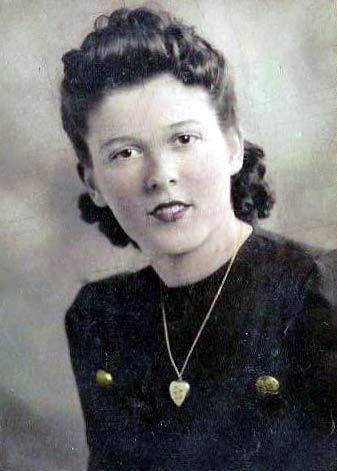
Alice H. Parker
Born in the year the Civil War ended, it was highly unusual for an African American woman to attend college in her era, but Alice Parker did, and graduated Howard University with honors.
A Morristown resident, Parker grew tired of the cold Morristown winters and the limited effectiveness of fireplaces to warm her home. So, she designed a natural gas-fueled “new and improved heating furnace.” It was the first time anyone had thought of using natural gas for home heating.
Her design won her a patent in December 1919 and from her design was born the thermostat and the more familiar forced air furnace in most homes today.
Not much is known of Alice Parker’s life.
Whether her anonymity was by choice or by the social reality of the time is also not known. But her contribution remains among the most important in improving quality of life for all Americans.
- 1
- 2
- 3
- 4
- 5
- 6
- 7
- 8
- 9
- 10
- 11
MEET SOME OF THE NJ CHAMBER'S NEW BOARD MEMBERS
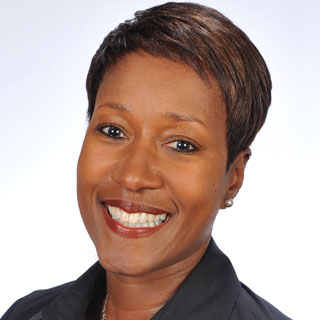
Patricia Claybrook
President & CEO
Jidan Cleaning
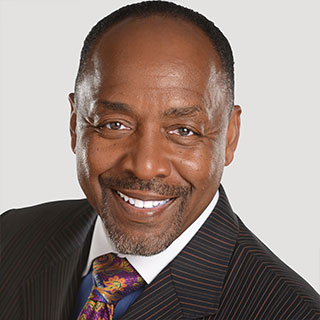
Bishop David Evans
Senior Pastor
Bethany Baptist Church
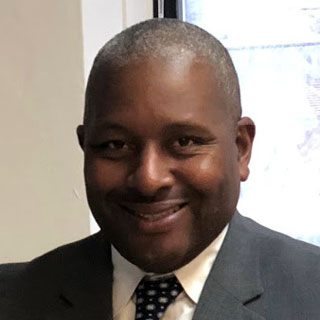
Dale Favors
Managing Partner
Adaptive Growth Leadership

Yanela Frias
President, Prudential Retirement
Prudential Financial
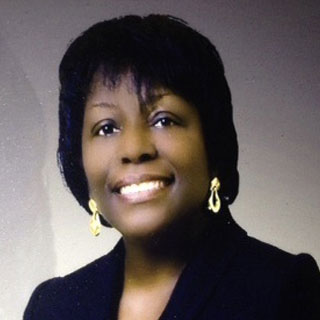
Sandra Gilyard
CEO
PMO Solutions Pro
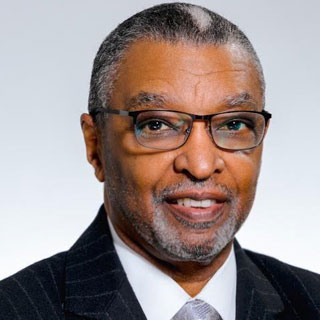
DeForest Soaries
Retired Pastor
First Baptist Church of Lincoln Gardens
FROM OUR PARTNERS AT THE AACCNJ
AACCNJ BLM Mural Painting (Trailer) from Green Glass Films on Vimeo.


